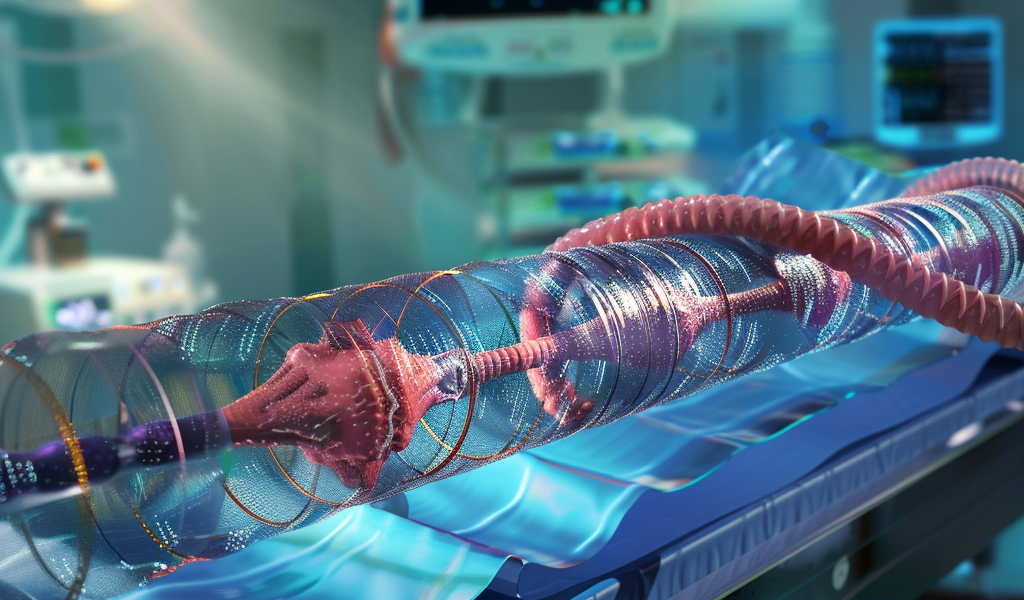Innovative Wireless Monitoring System for Bile Duct Stents Shows Promise in Animal Study
A groundbreaking study conducted by researchers at the University of Michigan has unveiled a novel wireless monitoring system that could revolutionize the management of bile duct stents. This innovative technology, featuring a magnetoelastic sensor embedded within a stent, has successfully communicated vital information regarding potential blockages during in vivo testing in pigs. The findings were recently published in Nature Microsystems & Nanoengineering.
Bile duct obstructions can lead to serious health complications such as jaundice, bacterial infections, and even life-threatening sepsis. Traditionally, the detection of blockages has relied on indirect methods, including blood tests and imaging techniques. These methods can delay timely interventions, which are crucial for patient safety and health outcomes.
The research team introduced a solution that allows for direct, real-time monitoring of sludge accumulation within the bile duct stent. Richard Kwon, a clinical professor of internal medicine and gastroenterology at the University of Michigan Medical School and co-author of the study, emphasized the significance of this advancement: “This novel stent sensor provides the opportunity to detect impending biliary stent obstructions without waiting for clinical symptoms, blood tests, or imaging tests, all of which delay intervention.”
The magnetoelastic sensor, measuring just 8 mm in length and 1 mm in width, is encapsulated in a protective 3D printed polymer structure. This compact design allows for seamless integration into the stent, ensuring that it can function effectively within the body.
After the stent placement procedure, a belt-like detector is worn around the waist, emitting a magnetic field that interacts with the embedded sensor. This innovative sensor operates without a battery and changes its resonant frequency in response to the mass of any blockage that accumulates on it. The use of magnetoelasticity allows the sensor to wirelessly transmit information back to the detector, providing healthcare providers with immediate data regarding the status of the stent.
The implications of this technology are vast. By enabling real-time monitoring, healthcare providers can respond more swiftly to potential complications, leading to improved patient outcomes. The ability to detect blockages early could significantly reduce the risk of severe health issues and the need for more invasive procedures.
The research team’s findings represent a significant step forward in the field of gastroenterology and medical device technology. As the study progresses, further research will be necessary to validate the effectiveness of this system in human patients and explore its potential applications across various medical conditions.
This innovative approach to bile duct stent management highlights the ongoing advancements in medical technology aimed at enhancing patient care and safety. With continued research and development, the integration of such monitoring systems could become commonplace in clinical settings, ultimately leading to better health outcomes for patients with bile duct obstructions.





